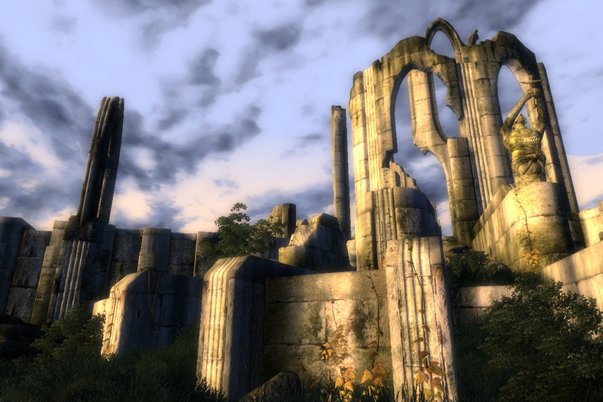Caesar IV - hands-on
We peek underneath the emperor's toga - and don't find much
Unlike many other city-builder games, buildings that offer vital services do not have a "radius of effect", but instead need to be accessible via roads that must be built between them and your citizenry.
We could actually follow individual citizens as they traveled to and fro in their daily lives from place to place. Besides roads, aqueducts must also be built to settlements and bath houses to provide clean water. Building a bath house in the middle of nowhere with no access did us little good, and in the cramped confines of the traditional Roman city such planning mistakes were a tragedy.
Unfortunately, the central mechanic of this (and any) city-builder - setting down roads and buildings - was difficult at best. The finicky nature of connecting buildings to roads and aqueducts to reservoirs felt imprecise and bogged down the gameplay. Since everything is "on the clock" because of the real-time nature of the game, it became vital to pause repeatedly in order to plan and build nearly anything because of the sloppy controls.

But worse still, the early version that we played suffered from an extremely frustrating camera that was plagued with a number of maladies. Bumping the view around by moving the mouse arrow off-screen was immediately intuitive, but tilting the camera around and mouse wheel zooming sometimes put us into a flat spin. Zooming way down to see little details is always a nice bonus, but not letting players back out far enough to take in their entire city at once is bone-headed. We were often left scratching our heads because the city limit seemed bigger than the bounds of the camera, hiding buildings and people off-screen to fend for themselves.
Weekly digests, tales from the communities you love, and more


